Mirapa Mandharam
₹139
Mirapa Mandharam, often referred to as the “Indian Almond,” is a versatile and captivating tree that offers a myriad of benefits. Renowned for its lush foliage, fragrant flowers, and nutritious fruits, this tree is a prized addition to any garden or landscape.
57 people are viewing this product right now
🔥 9 items sold in last 3 hours
Mirapa Mandharam, often referred to as the “Indian Almond,” is a versatile and captivating tree that offers a myriad of benefits. Renowned for its lush foliage, fragrant flowers, and nutritious fruits, this tree is a prized addition to any garden or landscape.
Key Features & Benefits
- Ornamental Value: Mirapa Mandharam boasts a stunning appearance with its dense, green foliage and beautiful, fragrant flowers.
- Nutritious Fruit: The tree produces edible fruits that are rich in vitamins, minerals, and antioxidants.
- Medicinal Properties: Various parts of the tree, including the leaves, bark, and fruits, have been used in traditional medicine for centuries.
- Shade Provider: Its dense canopy offers ample shade, making it ideal for outdoor spaces.
- Air Purification: Mirapa Mandharam helps purify the air by absorbing pollutants and releasing oxygen.
Plant Care Guide
Ideal Plantation Locations
Mirapa Mandharam thrives in tropical and subtropical climates. It prefers well-drained, fertile soil and ample sunlight.
Planting & Gardening Instructions
- Location: Choose a sunny location with well-drained soil.
- Soil Preparation: Prepare the soil by removing weeds and adding organic compost to improve its fertility.
- Planting: Dig a hole twice the size of the root ball and plant the sapling at the same depth as it was in the pot.
- Spacing: Plant multiple trees at a distance of 10-15 feet apart.
Watering
Water the tree regularly, especially during the dry season. However, avoid overwatering, as it can lead to root rot.
Fertilizers
Apply a balanced, slow-release fertilizer once a year during the growing season.
Repotting Instructions
Re-pot the young tree every 2-3 years to a larger pot. Choose a pot with drainage holes and a potting mix suitable for fruit trees.
Fruiting Season
Mirapa Mandharam typically starts fruiting 3-4 years after planting. The fruiting season usually occurs during the summer months.
Usage Ideas
- Ornamental Tree: Perfect for landscaping and home gardens.
- Fruit Production: Harvest the fruits for consumption or processing.
- Medicinal Uses: Utilize various parts of the tree for medicinal purposes.
- Shade Provider: Create a cool, shaded area in your outdoor space.
Care Tips
- Pruning: Prune the tree regularly to maintain its shape and promote healthy growth.
- Pest and Disease Control: Monitor for pests and diseases and take appropriate measures to control them.
- Mulching: Apply a layer of mulch around the base of the tree to conserve moisture and suppress weeds.
Only logged in customers who have purchased this product may leave a review.
Related products
Designed, Developed & Maintained by Growww.
Copyright © 2024 Ashok Chakra Nursery

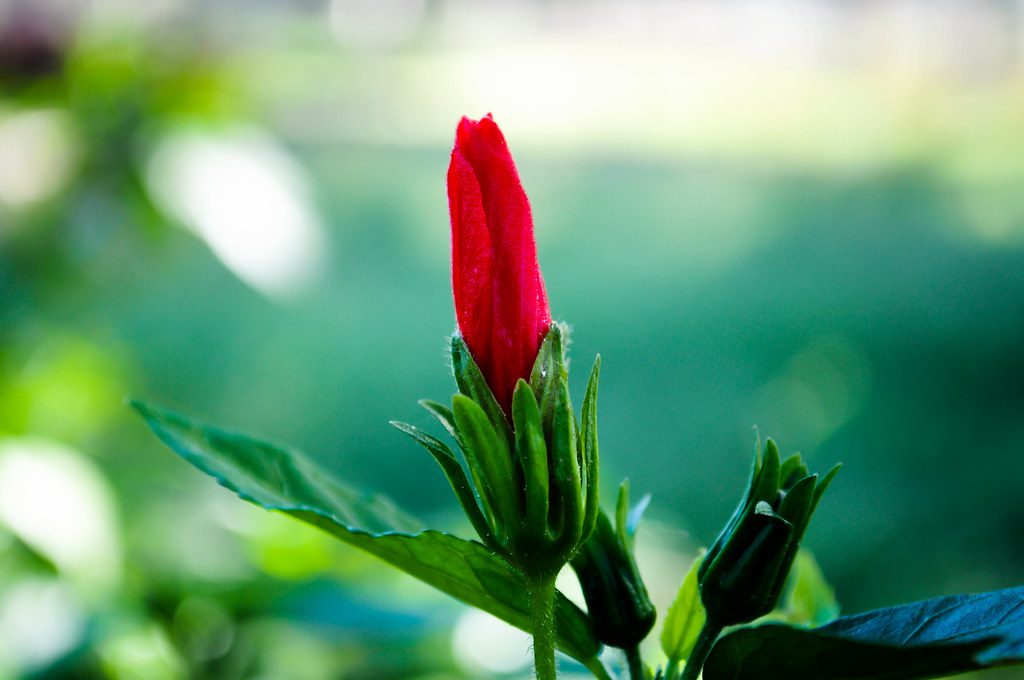
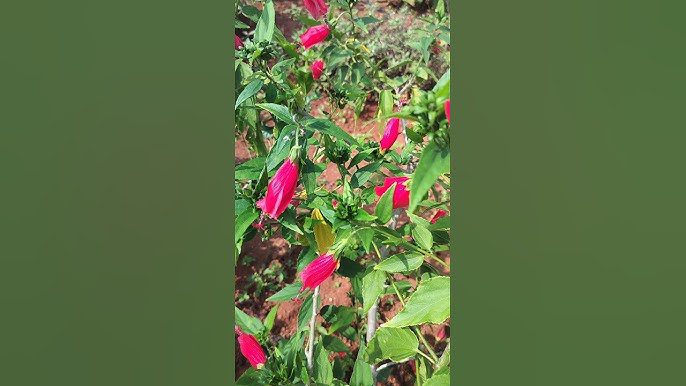
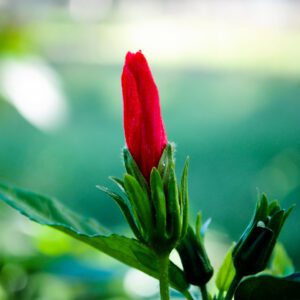
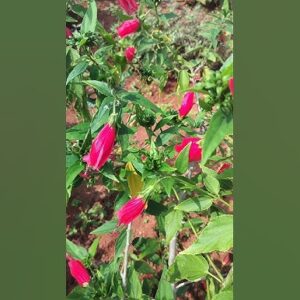
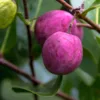
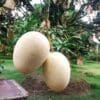
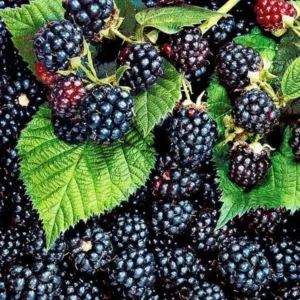
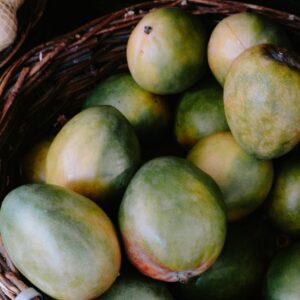
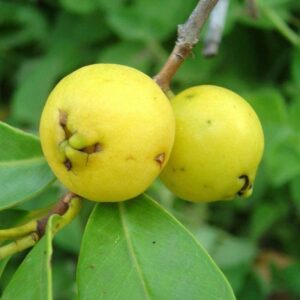
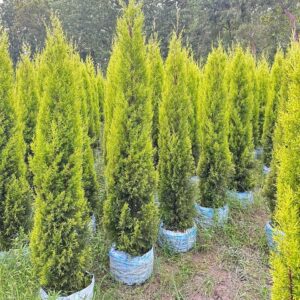
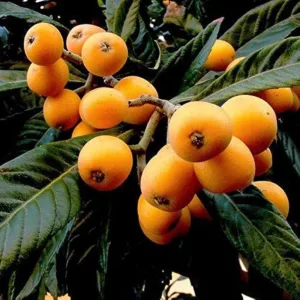
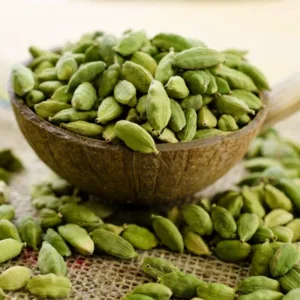
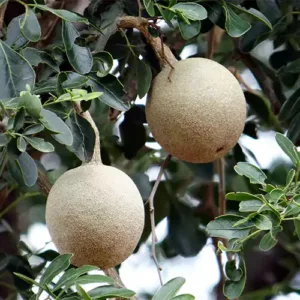
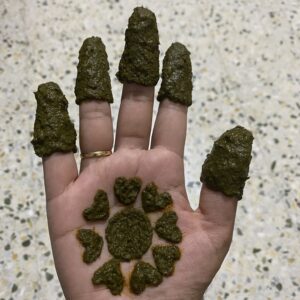
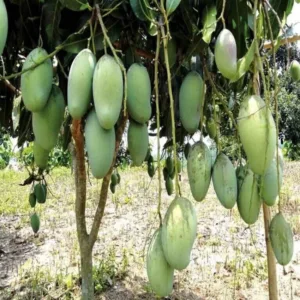
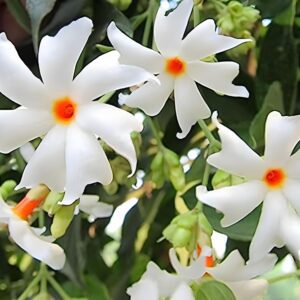
Reviews
There are no reviews yet.